EdTech 534 Blog
Welcome to my blog! I will be using this space to share my journey as I learn how to design Android applications using MIT APP Inventor 2. Come back each week as I share what I have been working on, what I have learned, what I may struggle with, and how the process aids in my professional career as an instructional designer.
Hello Purr: September 7th 2025 - September 14th 2025
This week I built my first app in MIT App Inventor 2, Hello Purr. While the app itself was
simple,
adding customizations such as adding a picture of my personal cat, adding different sounds,
and changing the coloring of the text boxes made the process feel more personal and helped
me get a feel for the program as a whole. Adding the customizations also led me to run
into some small challenges, such as figuring out how to resize the images so they display
properly.
One of my personal issues with MIT App Inventor 2 is that it only uses code blocks. While this
approach makes coding more accesible for beginners, I feel limited not being able to write or
experiment using traditional code. As an instructional designer, I see the value in allowing
both options. Block coding can provide a good entry point for younger developers or those just
starting
out, removing some of the intimitation or information overload. However text-based coding
allows for more flexibility and deeper problem solving.
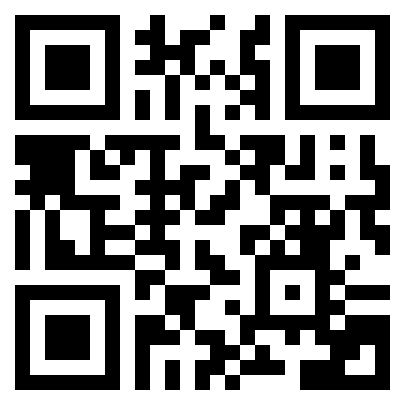
Paint Pot: September 15th 2025 - September 21st 2025
This week I worked on building the PaintPot application in MIT App Inventor 2. The first version
followed the textbook directions step by step,
which helped me understand how the app is meant to function at its basic level. This process
also helped me to reinforce some of the
information learned last week, such as how to navigate around the interface, as well as find and
edit the necessary components. For my
customization, I decided to adjust the way the app changes the sizing of the dots. Instead of
using buttons to change the dots to small or big,
I replaced the buttons with a slider. I really liked this change as it gives the user more
freedom and flexibility to choose
what size they want, rather than being limited.
If I were to continue improving this app, my next step would be to add a color selector.
Currenlty users only have access to three colors,
but expanding this and allowing for a larger palette would make the app feel much more open and
allow for more creativity.
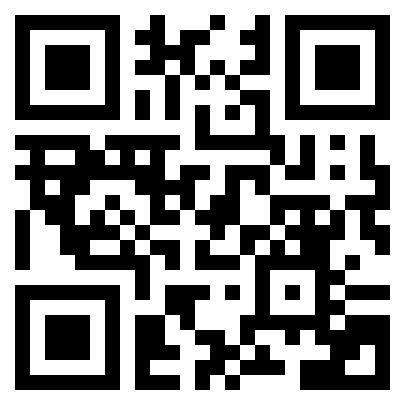
Mole Mash: September 22nd 2025 - September 28th 2025
This week I worked on the MoleMash game in MIT App Inventor. The original version was
straightforward: a mole would pop up randomly across the screen, and if you tapped it you earned
a point, while a miss would increase the miss counter. Simple, but fun.
For my customization, I wanted to give it a little Mario Bros flavor. I swapped in Monty Mole
(again, please don’t sue me, Nintendo) and added Luigi as an extra character. In my version,
hitting the mole still gives you a point, but tapping Luigi counts as a miss. It added some
challenge and made the game feel more unique than just chasing a single mole.
If I were to keep improving this project, I’d definitely add a timer so the game only runs for a
set amount of time. I’d also increase the number of Luigis moving around the screen to make it
harder to click the right target. Another idea would be changing Luigi’s role so that if you hit
him, you actually lose a point instead of just adding to the miss counter. That way, accuracy
really matters and mistakes feel more costly.
Overall, this project reminded me how small changes to a simple game can totally shift the
experience. Even just swapping characters and adjusting the rules made MoleMash more challenging
and more fun to play.
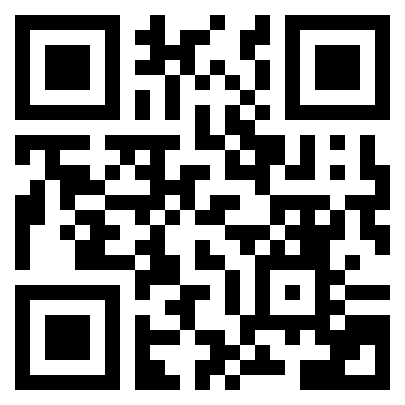
No Texting While Driving: September 29th 2025 - October 5th 2025
This week’s app development threw me for a loop. While working on my No Texting While Driving
app, I ran into an unusual issue: I couldn’t test it on my phone directly from the emulator.
Every time I tried, I received the following error:
"Error 908: The permission RECEIVE_SMS has been denied. Please enable it in the Settings app."
Interestingly, when I downloaded the APK to my phone, the app worked almost as intended. The
only hiccup is that it doesn’t automatically send the message. Instead, it opens my phone’s
built-in messaging app with the message typed out, but I still have to press send. I haven’t yet
figured out a way to fully automate this, but it’s something I hope to explore further.
Since testing via the emulator was difficult, I focused my modifications on the app’s design,
making it more visually appealing and user-friendly. One idea I’m excited to explore in the
future is incorporating the SpeechRecognizer component. This would allow users to modify their
response verbally rather than typing, and then have the app read the updated message back to
them. Such a feature could significantly improve accessibility for users who are visually
impaired or have limited hand mobility.
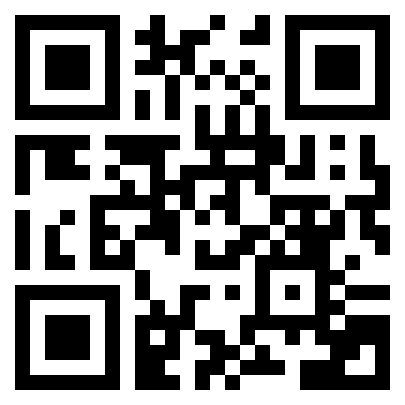
Ladybug Chase: October 6th 2025 - October 12th 2025
This week I followed the Ladybug Chase tutorial from the textbook. The base game has the player
tilt their phone to move the ladybug across the screen while trying to collect aphids,
avoid running out of energy, and stay away from the frog that chases you. It was a fun way to
explore how phone sensors can be used in a game,
but it also reminded me why I don’t always like code blocks. They’re fine for small projects,
but even something like this can quickly feel jumbled and disorganized when all the blocks start
piling up.
For my customization, I focused on making the game feel smoother and a little less frustrating.
First, I thought the ladybug’s movement was too sporadic, so I slowed the speed down slightly to
make it easier to control.
I also increased the health from 200 to 500 to give the player more time to collect aphids. At
200, it felt like the game ended too quickly and didn’t really give the player a chance to enjoy
the challenge.
In addition, I added a simple start and end screen. The start screen gives players basic
instructions before jumping into the game, while the end screen displays a short message and
includes a button to restart if you lose.
It wasn’t anything fancy, but it made the game feel more complete and polished compared to just
dropping you into gameplay with no explanation.
If I were to keep improving this project, I’d like to spend more time smoothing out the
movements of both the ladybug and the frog. Right now, they still feel a little jerky,
and adding that polish would make the overall experience feel more professional. I’d also
consider adding more obstacles or different difficulty levels to balance out the increased
health and slower speed.
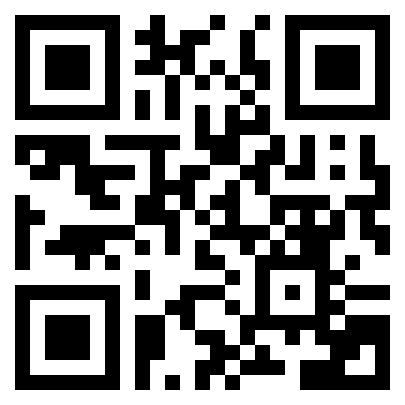
Map Tour: October 13th 2025 - October 19th 2025
This week in MIT App Inventor I created my own version of the Paris Map Tour Tutorial. It also
took a bit more troubleshooting than I expected, mainly regarding the ActivityStarter component.
While the book mentioned setting its properties, I felt the instructions weren’t quite clear
enough about what was actually required to make it work. The final code blocks didn’t show the
extra step of setting ActivityStarter1.Action to "android.intent.action.VIEW", which turned out
to be essential for getting the first version running.
Just when had finally figured it out, the next step in the project told us to throw out the
ActivityStarter entirely and replace it with a WebViewer component. After all that
troubleshooting, I definitely wanted to throw hands. But honestly, the WebViewer ended up being
a much better solution. I liked that it kept everything inside the app and let users jump
straight into Street View, making the whole experience feel smoother and more integrated.
For my personal touch, I decided to swap out Paris for something a little closer to home and
create a Boise Map Tour instead. My app features three local favorites: the Boise Train Depot,
Boise State University, and Julia Davis Park. It was a fun way to apply what I learned while
adding a local spin.
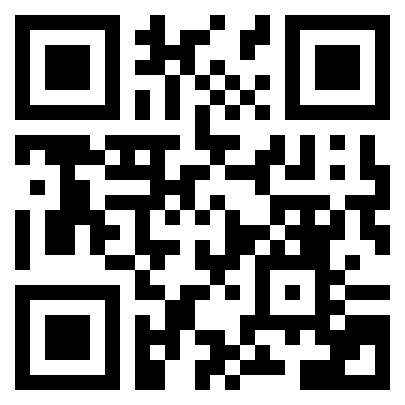
Where's My Car: October 20th 2025 - October 26th 2025
This week in MIT App Inventor, I (accidentally) got ahead of myself and built the Chapter 8 quiz
app before realizing we were actually supposed to complete the Where’s My Car? project from
Chapter 7. Facepalm moment aside, once I switched gears, the app came together pretty smoothly.
The main idea was to use the LocationSensor and TinyDB to mark a parking spot and then navigate
back to it later.
I didn’t make any major customizations this time, but I did play around with the layout and
added a background image to make the screen feel less plain. Even those small tweaks reminded me
how much of app design is just experimenting with the user interface until it feels clean and
intuitive.
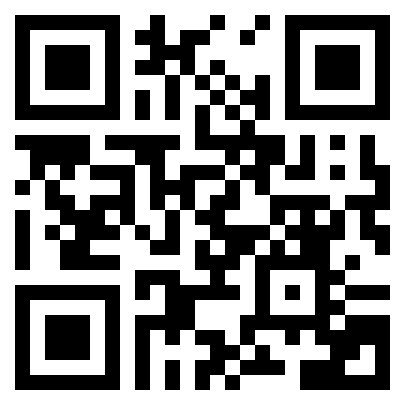
Presidents Quiz: October 27th 2025 - November 2nd 2025
This week in MIT App Inventor, I customized the Presidents Quiz and turned it into a Dog Breeds
Quiz. The basic structure from the tutorial stayed the same, but instead of repeating one
question, my version cycles through ten different dog breed images and asks, “What dog breed is
this?” It was a fun way to personalize the app, and since I’m a dog person, this one kept me
more engaged than memorizing presidents.
The project itself was mostly straightforward, but I did run into one small annoyance with how
strict the answer checking is. If the user adds an extra space or doesn’t type the breed with
the exact same capitalization, the app marks it as wrong. Technically it works, but it doesn’t
feel very user-friendly. I’d like to keep improving the app so it can handle small variations in
the input and still accept correct answers. That would make the quiz feel more polished and
realistic.
Overall, I really enjoyed this assignment. I liked seeing how a simple list and a few
conditionals could turn a basic quiz into something more interactive. If I keep building on it,
I might even add more breeds, sounds, or a scoring system. But for now, I’m happy with how the
first version turned out—and it was definitely more fun than a presidential pop quiz.
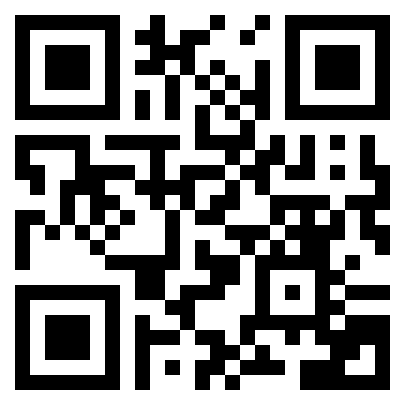
App Design Proposal: November 3rd 2025 - November 9th 2025
This week in MIT App Inventor, I completed the Planning Table for FetchFinder Treasure Valley and
started designing the app’s interface and behavior flow. The Planning Table helped me define the
app’s purpose, user groups, testing strategy, and future development goals. I focused on making
the app useful for dog owners in the Treasure Valley, especially new pet parents, families, and
local dog professionals. I also emphasized supporting small, local trainers rather than large
chain stores.
After finalizing the planning section, I sketched out the main screens and created a flowchart
to show how the app will function. The home screen includes two buttons: one for finding dog
parks and one for browsing trainers. Each leads to a list, and selecting an item opens a detail
screen with location info, services, and options to view on a map or save to favorites. I’ll use
TinyDB to store those favorites locally. The flowchart helped clarify how the app will behave in
the Block Editor and made sure the logic supports a smooth user experience.
Interface and Component Design: Novemeber 10th 2025 - November 16th 2025
This week in MIT App Inventor I built out the component and interface structure for FetchFinder.
I started by designing the home screen with
two main buttons, one for finding dog parks and the other finding local trainers. Each button
leads to a list screen, and tapping an item
opens a detailed view with information like address, hours, and services. I also added a map
viewer and a button to save a certain
location or trainer to favorites.
In component designer I used visible components like labels, buttons, list views, and images.
for non-visible components I added a TinyDB
to store favorites, and activity starter to open map links. I like that the component designer
makes it easy to test different
visuals, layouts, and color schemes very quickly.
One limitation I ran into is that the component designer doesn't allow for much flexibility with
layout styling. I want way more control
over object spacing and placement, however those options are limited. Still, I was able to
create a basic, clean, and functional layout
for the app.